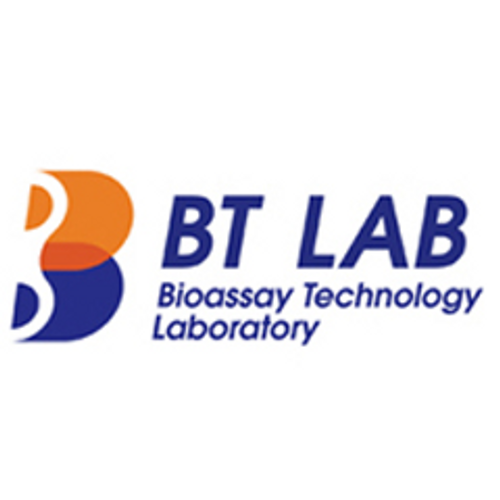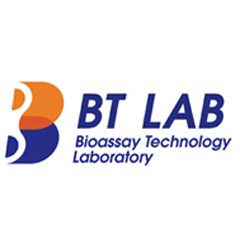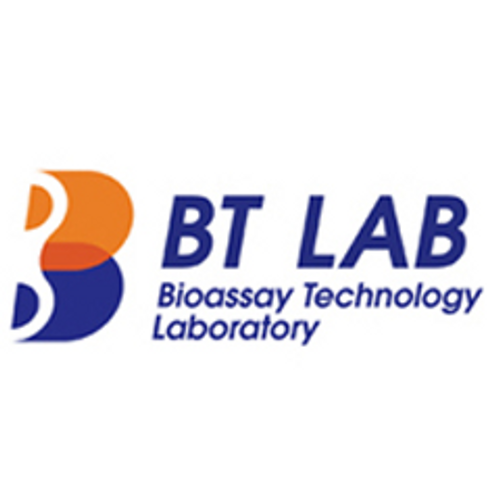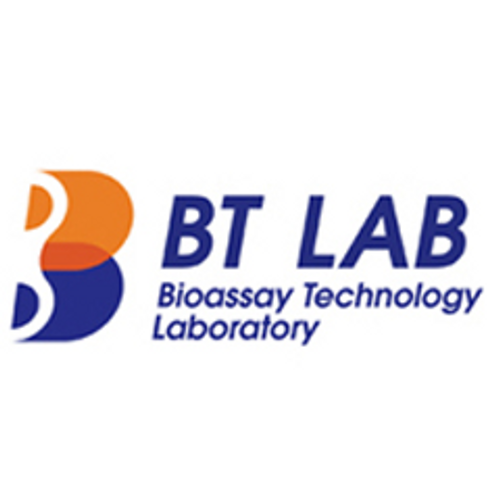Product Description
Shark Estradiol (E2) ELISA Kit | AE58862SK | Abebio
Species Reactivity: Shark (Scoliodon walbeemii)
Abbreviation: E2
Alternative Name: N/A
Application: ELISA
Range: 12.35-1000 pg/mL
Sensitivity: 4.45 pg/mL
Intra-Assay: ≤6.0%
Inter-Assay: ≤10.6%
Recovery: 0, 85
Sample Type: Serum, Plasma, Other biological fluids
Detection Method: Sandwich
Analysis Method : Quantitive
Test Principale: This assay employs a two-site sandwich ELISA to quantitate E2 in samples. An antibody specific for E2 has been pre-coated onto a microplate. Standards and samples are pipetted into the wells and anyE2 present is bound by the immobilized antibody. After removing any unbound substances, a biotin-conjugated antibody specific for E2 is added to the wells. After washing, Streptavidin conjugated Horseradish Peroxidase (HRP) is added to the wells. Following a wash to remove any unbound avidin-enzyme reagent, a substrate solution is added to the wells and color develops in proportion to the amount of E2 bound in the initial step. The color development is stopped and the intensity of the color is measured.
Product Overview: Estradiol is an estrogenic hormone, C18H24O2, produced by the ovaries and used in treating estrogen deficiency. Estradiol is essential for maintaining normal female functions and is normally produced by the ovaries. After menopause, the ovaries decrease their production of this hormone. Estradiol is a sex hormone. Estradiol is the predominant sex hormone present in females; however, it is present in males, albeit at lower levels, as well. It represents the major estrogen in humans. Estradiol has not only a critical impact on reproductive and sexual functioning, but also affects other organs including the bones.Estradiol is produced not only in the gonads: In both sexes, precursor hormones, to be specific testosterone, are converted by aromatization to estradiol. In particular, fat cells are active to convert precursors to estradiol, and will continue to do so even after menopause.
Stability: The stability of ELISA kit is determined by the loss rate of activity. The loss rate of this kit is less than 5% within the expiration date under appropriate storage condition. The loss rate was determined by accelerated thermal degradation test. Keep the kit at 37°C for 4 and 7 days, and compare O.D.values of the kit kept at 37°C with that of at recommended temperature. (referring from China Biological Products Standard, which was calculated by the Arrhenius equation. For ELISA kit, 4 days storage at 37°C can be considered as 6 months at 2 - 8°C, which means 7 days at 37°C equaling 12 months at 2 - 8°C) .
 Euro
Euro
 USD
USD
 British Pound
British Pound
 NULL
NULL












